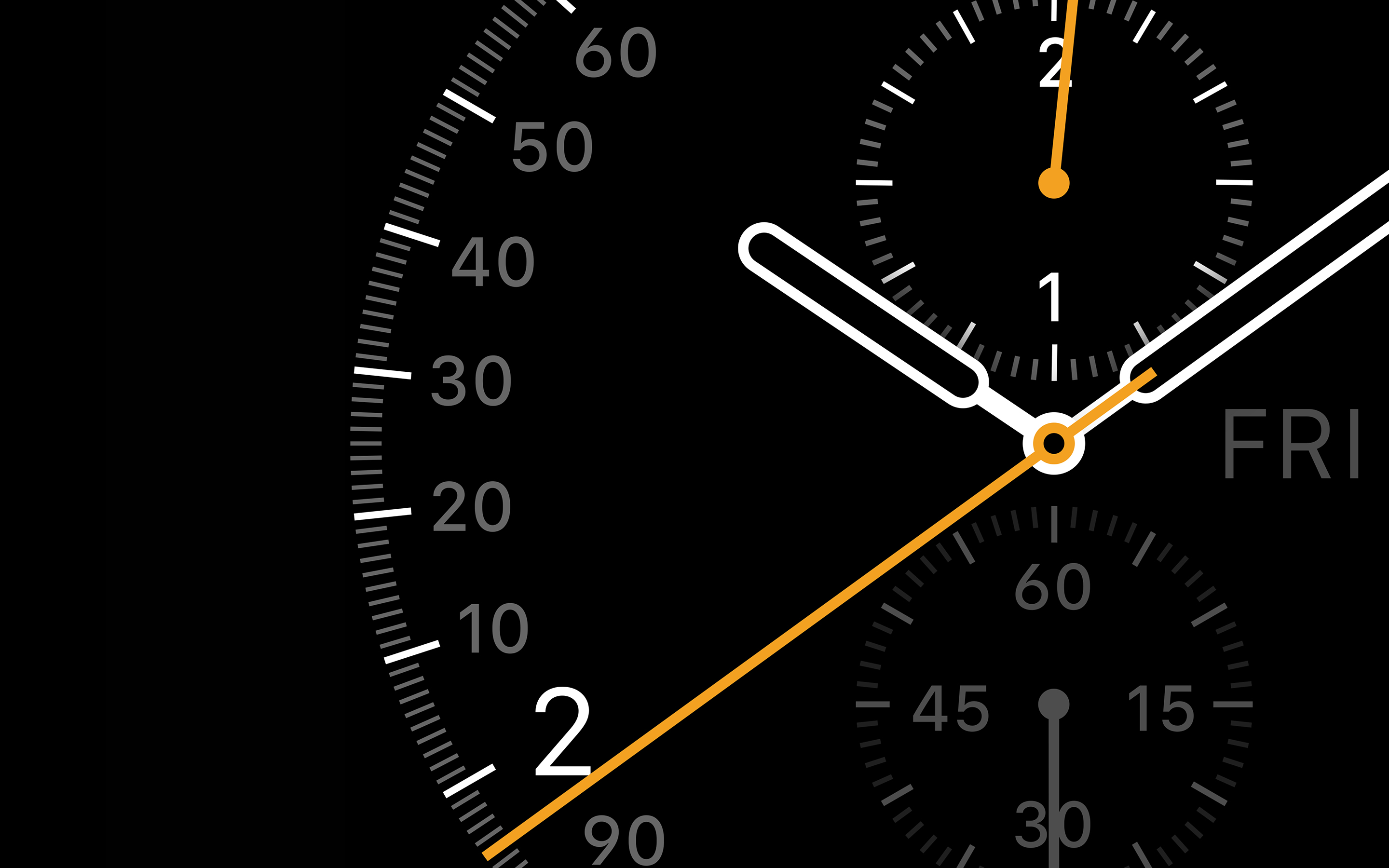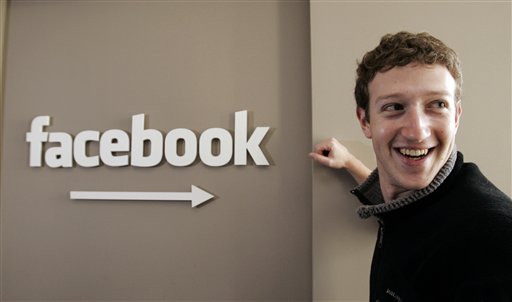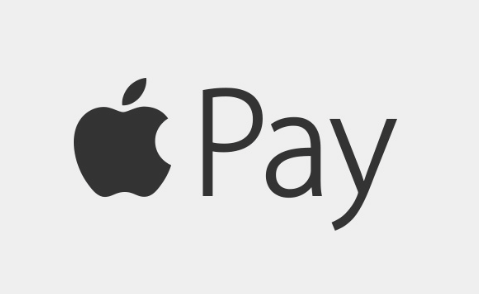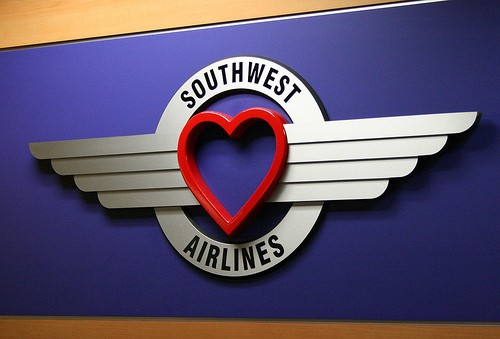For the second year in a row, Apple tops Interbrand’s Best Global Brands ranking, an annual report that analyzes the brand value of the largest corporations in the world. Just like last year, Google scores the second place, right ahead of Coca Cola. Valued at $118.9 billion, Apple increased its brand value by 21%, while Google, valued at $107.43 billion, increased its brand value by 15%.
“Apple and Google’s meteoric rise to more than USD $100 billion is truly a testament to the power of brand building,” said Jez Frampton, Interbrand’s Global Chief Executive Officer. These leading brands have reached new pinnacles—in terms of both their growth and in the history of Best Global Brands—by creating experiences that are seamless, contextually relevant, and increasingly based around an overarching ecosystem of integrated products and services, both physical and digital.”
For more details, have a look at the 2014 rankings, as well as the methodology used.



